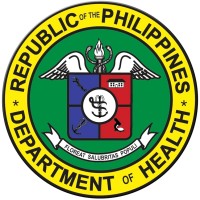County of Santa Clara
70 W. Hedding St., San Jose, CA, US, 95110
Last Update: 2025-11-23
The County of Santa Clara is located at the southern end of the San Francisco Bay and encompasses 1,312 square miles. It has one of the highest median family incomes in the country, and a wide diversity of cultures, backgrounds and talents. The County of Santa Clara continues to attract people from all over the world. With more than 70 agencies/departments and 22,000 employees, the County of Santa Clara plans for the needs of a dynamic community, provides quality services, and promotes a healthy, safe and prosperous community for all. The County provides essential services including public health protection, environmental protection, medical services through Santa Clara Valley Medical Center (SCVMC), child and adult protection services, homelessness prevention and solutions, roads, park services, libraries, emergency response to disasters, protection of minority communities and those under threat, access to a fair criminal justice system, and scores of other services, particularly for those members of our community in the greatest need. The County's population of nearly 1.9 million is one of the largest in the state, and the largest of the nine Bay Area counties. Its population constitutes about one fourth of the Bay Area's total population. There are 15 cities including Campbell, Cupertino, Gilroy, Los Altos, Los Altos Hills, Los Gatos, Milpitas, Monte Sereno, Morgan Hill, Mountain View, Palo Alto, San Jose, Santa Clara, Saratoga, and Sunnyvale ranging from Palo Alto to the north, to Gilroy in the south. San Jose is the largest city in the County, with a population of 1.035 million, and is the administrative site of County Government. A significant portion of the county's land area is unincorporated ranch and farmland. Nearly 92% of the population lives in cities. The County of Santa Clara operates 27 parks covering more than 50,000 acres including scenic lakes, streams, and miles of hiking and biking trails. santaclaracounty.gov/social-media-disclaimer
NAICS: 92
NAICS Definition: Public Administration
Employees: 13,186
Subsidiaries: 0







